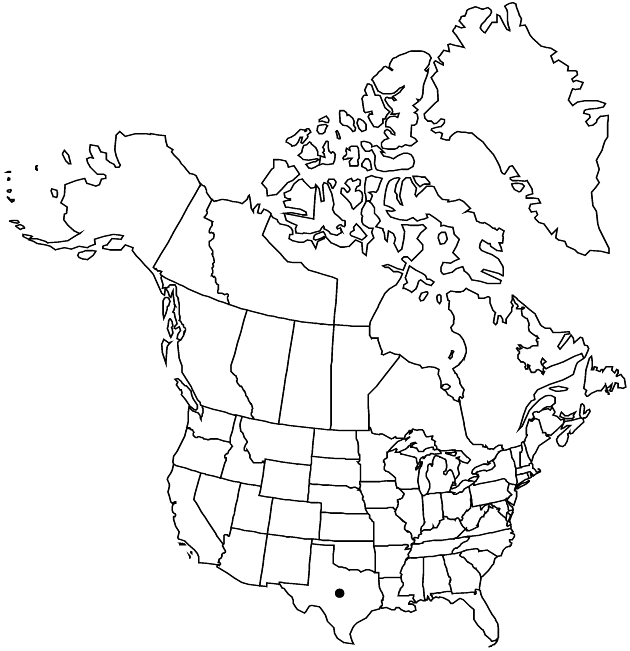Difference between revisions of "Thymophylla tephroleuca"
Sida 11: 378. 1986.
FNA>Volume Importer |
FNA>Volume Importer |
||
| Line 7: | Line 7: | ||
|year=1986 | |year=1986 | ||
}} | }} | ||
| − | |basionyms={{Treatment/ID/ | + | |basionyms={{Treatment/ID/Basionym |
|name=Dyssodia tephroleuca | |name=Dyssodia tephroleuca | ||
|authority=S. F. Blake | |authority=S. F. Blake | ||
| + | |publication_title=J. Wash. Acad. Sci. | ||
| + | |publication_place=25: 320. 1935 | ||
}} | }} | ||
|synonyms= | |synonyms= | ||
| Line 51: | Line 53: | ||
|publication year=1986 | |publication year=1986 | ||
|special status= | |special status= | ||
| − | |source xml=https://jpend@bitbucket.org/aafc-mbb/fna-data-curation.git/src/ | + | |source xml=https://jpend@bitbucket.org/aafc-mbb/fna-data-curation.git/src/f6b125a955440c0872999024f038d74684f65921/coarse_grained_fna_xml/V19-20-21/V21_590.xml |
|tribe=Asteraceae tribe Heliantheae | |tribe=Asteraceae tribe Heliantheae | ||
|subtribe=Asteraceae (tribe Heliantheae) subtribe Pectidinae | |subtribe=Asteraceae (tribe Heliantheae) subtribe Pectidinae | ||
Revision as of 18:49, 24 September 2019
Subshrubs or shrubs, ashy white, 10–30 cm, lanate to tomentose. Stems erect. Leaves all or mostly alternate; blades not lobed, linear to filiform, 10–15 × 0.3–1 mm, margins usually entire, sometimes 3-fid distally. Peduncles 10–30 mm, tomentose. Calyculi of 3–4 linear bractlets, lengths 1/2+ phyllaries. Involucres campanulate, 5–7 mm. Phyllaries 12–13, margins of outer distinct less than 1/4 their lengths, abaxial faces tomentose. Ray florets 12–13; corollas golden yellow, laminae 6–8 × 3–4 mm. Disc florets ca. 30; corollas yellow, 4.5–5 mm. Cypselae 3–4 mm; pappi of 10–11 subequal scales 4–5 mm (each 3–5-aristate). 2n = 16.
Phenology: Flowering early spring and late summer, following rains.
Habitat: Light, sandy soils
Elevation: 50–100 m
Discussion
Of conservation concern.
Thymophylla tephroleuca probably grows also in adjacent Mexico. It is in the Center for Plant Conservation’s National Collection of Endangered Plants.
Selected References
None.
